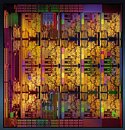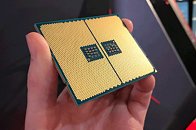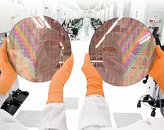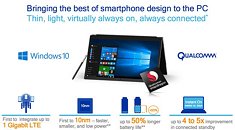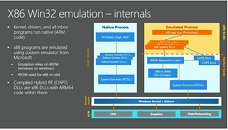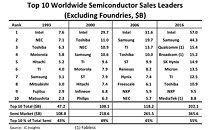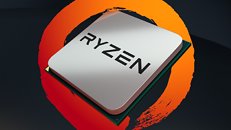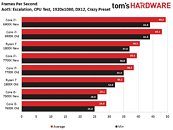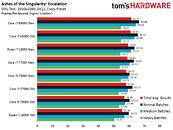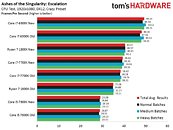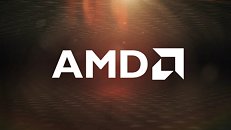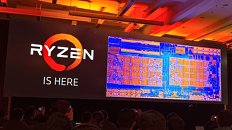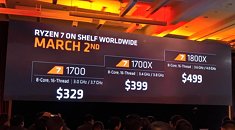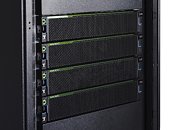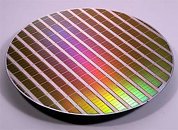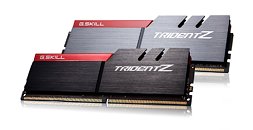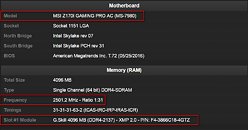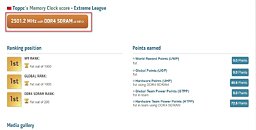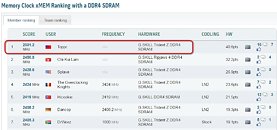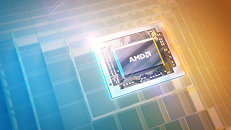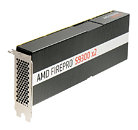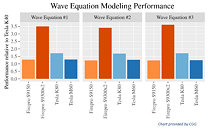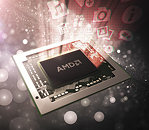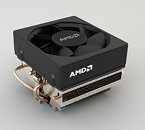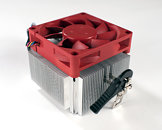
Intel Hires Raja Koduri, to Develop Discrete GPUs, This Time for Real
Intel hired Raja Koduri, who resigned as head of AMD's Radeon Technologies Group (RTG), earlier this week. Koduri has been made Senior Vice President and Chief Architect of Intel's future discrete GPUs. That's right, Intel has renewed its dreams to power high-end graphics cards that compete with AMD and NVIDIA. Intel's last attempt at a discrete GPU was "Larrabee," which evolved into a super-scalar multi-core processor for HPC applications under the Xeon Phi line.
This development heralds two major theories. One, that Intel's collaboration with AMD RTG on graphics IP could only go further from here, and what is a multi-chip module of Intel and AMD IP now, could in the future become a true heterogeneous die of Intel's and AMD's IP. Two, that the consolidation of AMD's graphics assets and IP into a monolithic entity as RTG, could make it easier to sell it lock, stock, and barrel, possibly to Intel.
This development heralds two major theories. One, that Intel's collaboration with AMD RTG on graphics IP could only go further from here, and what is a multi-chip module of Intel and AMD IP now, could in the future become a true heterogeneous die of Intel's and AMD's IP. Two, that the consolidation of AMD's graphics assets and IP into a monolithic entity as RTG, could make it easier to sell it lock, stock, and barrel, possibly to Intel.

